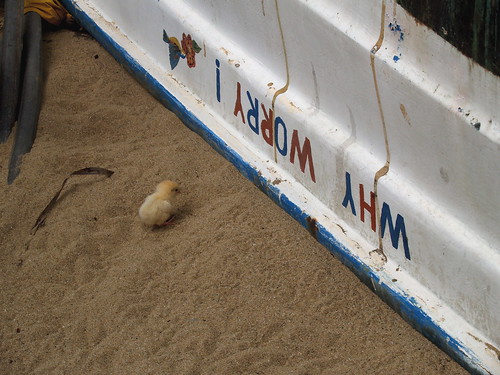
On the one hand, Thompson prints a quote from an old travel guide to Jamaica, and I can immediately connect with. I simply recognize my own experiences in Trinidad and Tobago with the idea, “that to a person coming from a northern climate, it is realizing for the first time a picture one has been in the habit of seeing for years in their imagination” (Thompson, 93).
Of course, I have not been seeing these exact scenes, colors, or peoples, but images coming from the Caribbean islands at large, as argued by Thompson, are taken in a way as to homogenize and create desire for a particularly “Caribbean” experience.
This is what I am hoping to avoid. I am hoping to avoid, in my photography and experience of Trinidad and Tobago, that specific type of stereotyping and stripping of the individuality of a nation. As I previously wrote, I am finding one way of doing this through looking for, finding and seeing the smallest human moments that are (supposedly) universally recognizable. The assumption that a look, a touch, or a smile can be universally recognizable may show my own bias and set of cultural assumptions, but in this I am endeavoring to look beyond what is considered “foreign” and fantastic, and instead find elements that I am comfortable in recognizing.
While I’m still exploring this for myself, I’m taking the opportunities that come to photograph the beauty that I see. So until I further work out my feelings, and also the direction of my focus, this set of images are those that I took in Tobago, while I was attempting to balance my mind on the issues of tropicalization and colonial legacy within photography.
In these photographs, I can see my mind composing photographs like scenes from the post cards Thompson points out, to clever moments, and my favorite focuses of color, texture, and locks. Here I see what I've read and how I've been socialized jockeying for the foremost artistic influence.

0 comments:
Post a Comment